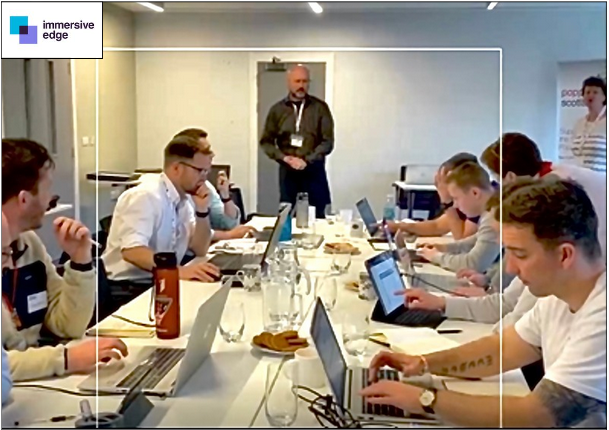In today’s dynamic workplace, identifying and developing talent is not just a strategic imperative – it’s a survival tool. Organizations need employees who are not only skilled but also adaptable, collaborative, and capable of thinking critically under pressure. Business simulations, grounded in experiential learning, are proving to be powerful methods for uncovering hidden talent and accelerating its development. This post focuses on how simulations can support talent identification and growth.
Identifying Talent Through Simulations
Traditional hiring and talent identification methods often rely on interviews, resumes, and standardized tests, which can miss key indicators of potential. Business simulations provide a more dynamic alternative by placing participants in realistic, high-pressure scenarios where their skills, behaviors, and potential can be observed in action.
Simulations reveal:
- Problem-Solving Skills: How effectively individuals analyze situations and generate solutions.
- Leadership Potential: Who naturally steps up to guide and motivate others under challenging conditions.
- Collaboration and Communication: How participants interact across teams and roles to achieve common goals.
- Adaptability: The ability to adjust strategies in response to feedback and changing circumstances.
These insights enable organizations to identify high-potential employees who might otherwise go unnoticed, ensuring that talent pipelines are filled with individuals ready to make meaningful contributions.
Developing Talent Through Simulations
Once talent is identified, simulations are equally effective in nurturing that potential. By immersing participants in scenarios that mirror real-world challenges, simulations offer hands-on practice in key areas of professional growth. The structured feedback loops and measurable outcomes provide participants with clear insights into their performance and areas for improvement.
Key benefits for talent development include:
- Leadership Training: Simulations like Boardroom.Inc challenge participants to lead under ambiguity, manage risks, and align values with organizational goals.
- Building Cross-Functional Skills: By placing individuals in roles outside their usual responsibilities, simulations foster broader business understanding and empathy.
- Enhancing Decision-Making: Real-time feedback allows participants to refine their strategic thinking and learn from mistakes in a risk-free environment.
- Cultivating Soft Skills: Tools like Culture.Inc emphasize collaboration, communication, and cultural awareness, helping participants grow into well-rounded professionals.
The Forbes article, How To Use Emerging Tech To Enhance Workplace Experiential Learning, highlights how embedding real-world scenarios into training programs enhances their effectiveness. By integrating technologies like gamification and virtual environments, simulations become even more impactful in identifying and nurturing talent.
Gartner’s insights into leadership development strategies emphasize the need for modern approaches that are authentic, empathetic, and adaptive. Simulation-based training aligns seamlessly with these principles, enabling participants to develop the critical skills required to lead in complex and evolving environments.
Business simulations are not just tools for training – they are strategic assets for talent management. By providing a dynamic and immersive way to identify high-potential employees and accelerate their growth, simulations help organizations build stronger teams and more capable leaders. They offer a unique combination of talent discovery, development, and measurable outcomes, ensuring that organizations are prepared to meet today’s challenges and tomorrow’s opportunities.

